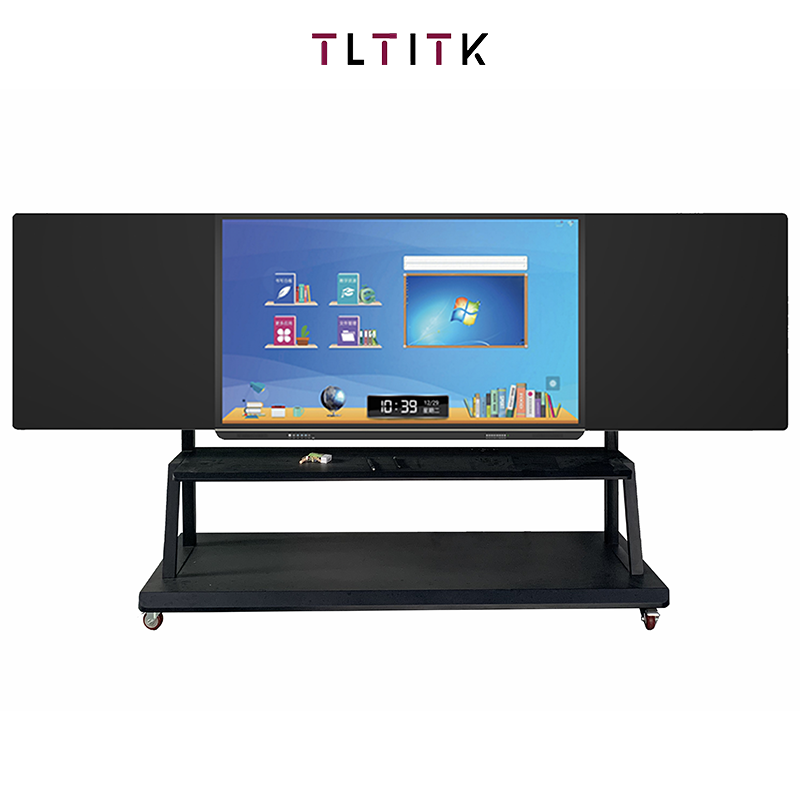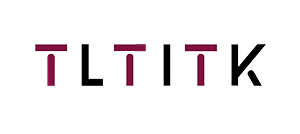Ошибка формата электронной почты
emailCannotEmpty
emailDoesExist
pwdLetterLimtTip
inconsistentPwd
pwdLetterLimtTip
inconsistentPwd

Новости
Здесь вы можете описать кусок текста, который хотите выразить

Modern Educational Needs: Transition from Traditional Blackboards to Smart Boards and How to Choose and Update Existing Teaching Facilities
In the ever-evolving world of education, the transition from traditional blackboards to smart boards is not just a technological upgrade—it's a leap toward enhancing the teaching and learning experience. As schools and universities aim to meet modern educational demands, the question arises: how can institutions update their facilities to match today’s dynamic learning environment?
1. Understanding the Shift: Traditional to Smart Boards
The traditional blackboard has been a staple in classrooms for centuries, offering a simple yet effective medium for teachers to present lessons. However, in today’s digital age, the need for interactive and multimedia tools has become essential. Smart boards provide a range of features like touch interaction, internet connectivity, multimedia integration, and real-time collaboration, transforming classrooms into hubs of engagement.
2. The Benefits of Smart Boards
- Interactivity: Students can engage directly with content, making lessons more interactive and personalized.
- Multimedia Integration: Videos, images, and simulations can be incorporated, helping to explain complex concepts.
- Collaboration: With real-time sharing and interaction, students and teachers can work together seamlessly, even remotely.
- Easy Updates: Digital content can be updated quickly, ensuring lessons are current and relevant.
3. Choosing the Right Smart Board
When upgrading from a traditional blackboard to a smart board, consider the following factors:
- Size and Space: Assess the classroom’s size and the ideal screen size. A larger room might require a bigger board for maximum visibility.
- Ease of Use: Choose a board that’s intuitive for teachers and students to use. Look for user-friendly software and support options.
- Connectivity: Ensure the smart board is compatible with your existing network and devices, such as laptops, tablets, and projectors.
- Cost: Smart boards vary in price. Consider not just the initial investment, but also the ongoing costs of maintenance and software updates.
4. Updating Existing Teaching Facilities
Updating classrooms with smart boards involves more than just swapping out blackboards. The entire infrastructure needs to support the technology:
- Power Supply: Ensure ample electrical outlets for all digital devices.
- Internet Access: Reliable and fast internet is crucial for connecting the smart board to online resources.
- Training for Teachers: Invest in training programs to help educators effectively integrate the technology into their teaching methods.
Conclusion
As educational institutions move from traditional blackboards to smart boards, careful planning and thoughtful investments are key. By selecting the right smart boards and updating existing facilities, schools can foster an environment where technology empowers both teachers and students, making learning more dynamic, engaging, and accessible. Embracing these tools will ensure that future generations are well-prepared for a technology-driven world.

